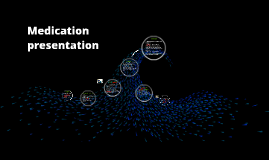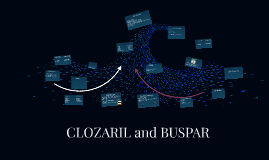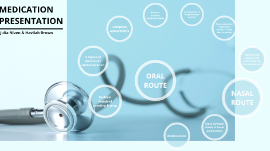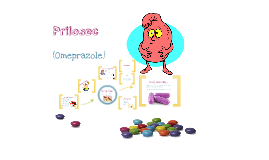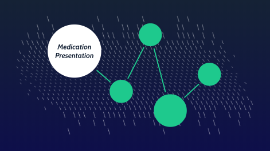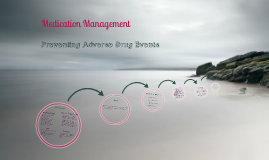Medication Presentation
Transcript: Medication Presentation Fentanyl Morphine Hydromorphone Ketamine Narcan Medication Presentation Discussion: -The drug -Indications -Precautions -Interactions -Half life -Adverse effects -Patient education Discussion: Indications for use: -Premedication for surgery, general anesthesia, analgesia to manage moderate to severe pain and breakthrough pain. -Fentanyl is available as a skin patch, lozenge, pills, shots, a film that dissolves in your mouth, nasal spray, or by IV. Fentanyl Precautions: -Hypersensitivity, caution in: geriatric, debilitated or critically ill patients, diabetes, severe renal, head trauma. Fentanyl Interactions: - Should not use within 14 days of MAO inhibitors, avoid alcohol and other CNS depressants that would further depress the CNS. Fentanyl Half life: -Adults 2-4 hours IV route. Fentanyl Adverse effects: -Confusion, delirium, postoperative depression, drowsiness, nausea, cns depression, hypotention, bradycardia, itching. Fentanyl Patient teaching: -Side effects such as dizziness, risk for falls, avoid other CNS depressants, alcohol and driving. Fentanyl Indications: -Severe pain. Pumonary edema. Pain associated with MI. Morphine Precautions: -Allergy/reaction, use cautiously with head trauma, increase ICP, severe renal, ect... Morphine Interactions: -Extreme caution in patients receiving MAO inhibitors within 14 days prior and other CNS depressants. Risk for serotonin syndrome when taking other medications that raise serotonin levels. These include other antidepressants certain pain and headache medications. Morphine Half life: -Adults 2-4 hours IV. Morphine Adverse Effects: -Confusion, sadation, dizziness, hypotension, bradycardia, tolerance. Morphine Patient teaching: -Side effects, avoid alcohol, driving and other depressants, risk for falls, constipation. Morphine Indications: -Moderate to severe pain. Extended release product for opioid-tolerant patients requiring around the clock management of petsistant pain. Antitussive (lower doses). Hydromorphome Precautions: -Allergy/reaction to, Increased risk for falls, monitor for decrease in BP and HR, and respiratory depression. Hydromorphone Interaction: -Extreme caution in patients receiving MAO inhibitors, discontinue MAO inhibitors 2 weeks prior to hydromorphone. Also avoid other CNS depressants, driving and alcohol. Hydromorphone Half life: -Oral, immediate release, or injection 2-4 hours. Hydromorphone Adverse effects: -Confusion, sedation, dizziness, headache, hypotension, bradycardia, urinary retention, constipation. Hydromorphone Patient education: -Medication instruction, side effects, avoid alcohol, driving and other depressants, risk for falls, constipation. Hydromorphone Differences: -Hydromorphone is ER. -Has antitussive properties at low doses. Fentanyl, Morphine, hydromorphone Indication: -Anesthetic medication used to put patient to sleep for surgery and to prevent pain and discomfort during certain medical tests or procedures. It induces a trance like state while providing pain relief, sedation, and memory loss. Ketamine Precautions: -Hypersensitivity, head trauma, HTN, angina, stoke, underlying psychiatric disorder. Ketamine Interactions: -Drug is incompatible with barbituates and diazepam. Ketamine Half life -10 to 15 minutes. Ketamine Aderse effects: - Bradycardia, blurred vision, N/V, insomnia, drowsiness, painful urination. Ketamine Patient teaching: -Explain purpose and effects of medication. Ketamine Indication: -Reversal of CNS depressants and respiratory depression because of suspected opioid overdose. Precauctions: -Hypersensitivity, caution in cardiovascular disease and opioid dependent patients. Interactions: -Can precipitate withdrawal in dependent patients. Half life: -60 to 90 minutes. Narcan Advers effects: -Ventricular arrhythmias, hypertension, hypotension, nausea, vomiting. Patient teaching: -Explain purpose and effects of medication. Narcan Resource: Davis's Drug Guide for Nurses, 12th edition. Thank You!!






